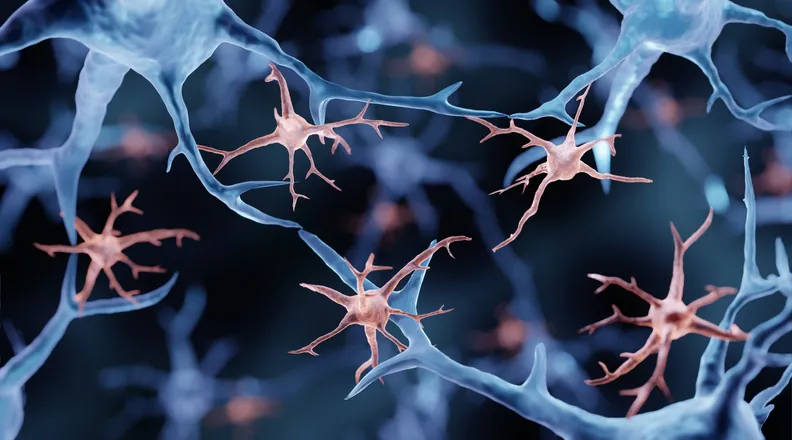
Groundbreaking Research Reveals Surprising Gender Differences in Microglia Function: What This Means for Neurodegenerative Disease
2025-01-21
Author: Daniel
In a revolutionary study conducted by researchers at the Del Monte Institute for Neuroscience at the University of Rochester, new evidence suggests that microglia, the immune cells of the brain, display significant sex-related differences in their functionality throughout adulthood. This contradicts the long-held belief that their behavior remains largely uniform across genders after development, emphasizing the critical need for gender-specific approaches in neurological research.
Microglia play an essential role in maintaining neuronal health by eliminating toxins within the brain and central nervous system. However, when these cells become overactive, they can inadvertently harm neurons and potentially exacerbate the progression of debilitating neurodegenerative conditions such as Alzheimer’s and Parkinson’s disease.
The study, titled "The microglial response to inhibition of Colony-stimulating-factor-1 receptor by PLX3397 differs by sex in adult mice," published in Cell Reports, highlights how male and female mice respond differently to the enzyme inhibitor PLX3397, which targets the Colony-stimulating-factor-1 receptor (CSF1R) involved in microglial survival.
Dr. Anna Majewski, a professor of neuroscience and the senior author of the study, remarked, “This fortuitous discovery has significant implications for the field of neuroscience, enhancing our understanding of microglia biology in unexpected ways. It underscores the necessity of incorporating gender variability into research, particularly concerning diseases where microglia play a crucial role.”
Key findings from the research indicate that male mice experienced a more profound depletion of microglia when treated with the CSF1R inhibitor compared to their female counterparts. Further analyses unveiled remarkable sex-specific adaptive responses; female microglia exhibited increased activity in autophagy and proteostasis pathways, emphasizing their resilience, whereas male microglia leaned towards mitobiogenesis.
This division in microglial behavior could help to explain why certain neurodegenerative diseases disproportionately affect one gender over the other. As established, dementia diagnoses are significantly higher among women, while men are more frequently diagnosed with Parkinson’s disease, yet the underlying reasons have remained puzzling.
The implications of this research extend beyond mere academic interest. By uncovering the nuances of microglia behavior in different sexes, this study serves as a beacon for developing targeted disease-modifying therapies that leverage these biological differences.
Dr. Linh Le, a research scientist and first author of the study, noted, “These findings are pivotal for how we approach treatment strategies. Understanding why microglia operate differently in males and females is the next step in ensuring effective therapies.
The research community now anticipates further inquiries into how factors like hormonal changes and inflammatory states may influence microglial behavior across sexes, potentially transforming the landscape of treatment for neurodegenerative diseases.
As we continue to examine the distinct roles that microglia play in brain health through a gender-focused lens, the age-old question of "Are we really from Mars and Venus?" takes on a deeper significance—at least when it comes to the biology of our brains. Stay tuned as we unravel the mysteries of the mind!




 Brasil (PT)
Brasil (PT)
 Canada (EN)
Canada (EN)
 Chile (ES)
Chile (ES)
 Česko (CS)
Česko (CS)
 대한민국 (KO)
대한민국 (KO)
 España (ES)
España (ES)
 France (FR)
France (FR)
 Hong Kong (EN)
Hong Kong (EN)
 Italia (IT)
Italia (IT)
 日本 (JA)
日本 (JA)
 Magyarország (HU)
Magyarország (HU)
 Norge (NO)
Norge (NO)
 Polska (PL)
Polska (PL)
 Schweiz (DE)
Schweiz (DE)
 Singapore (EN)
Singapore (EN)
 Sverige (SV)
Sverige (SV)
 Suomi (FI)
Suomi (FI)
 Türkiye (TR)
Türkiye (TR)
 الإمارات العربية المتحدة (AR)
الإمارات العربية المتحدة (AR)